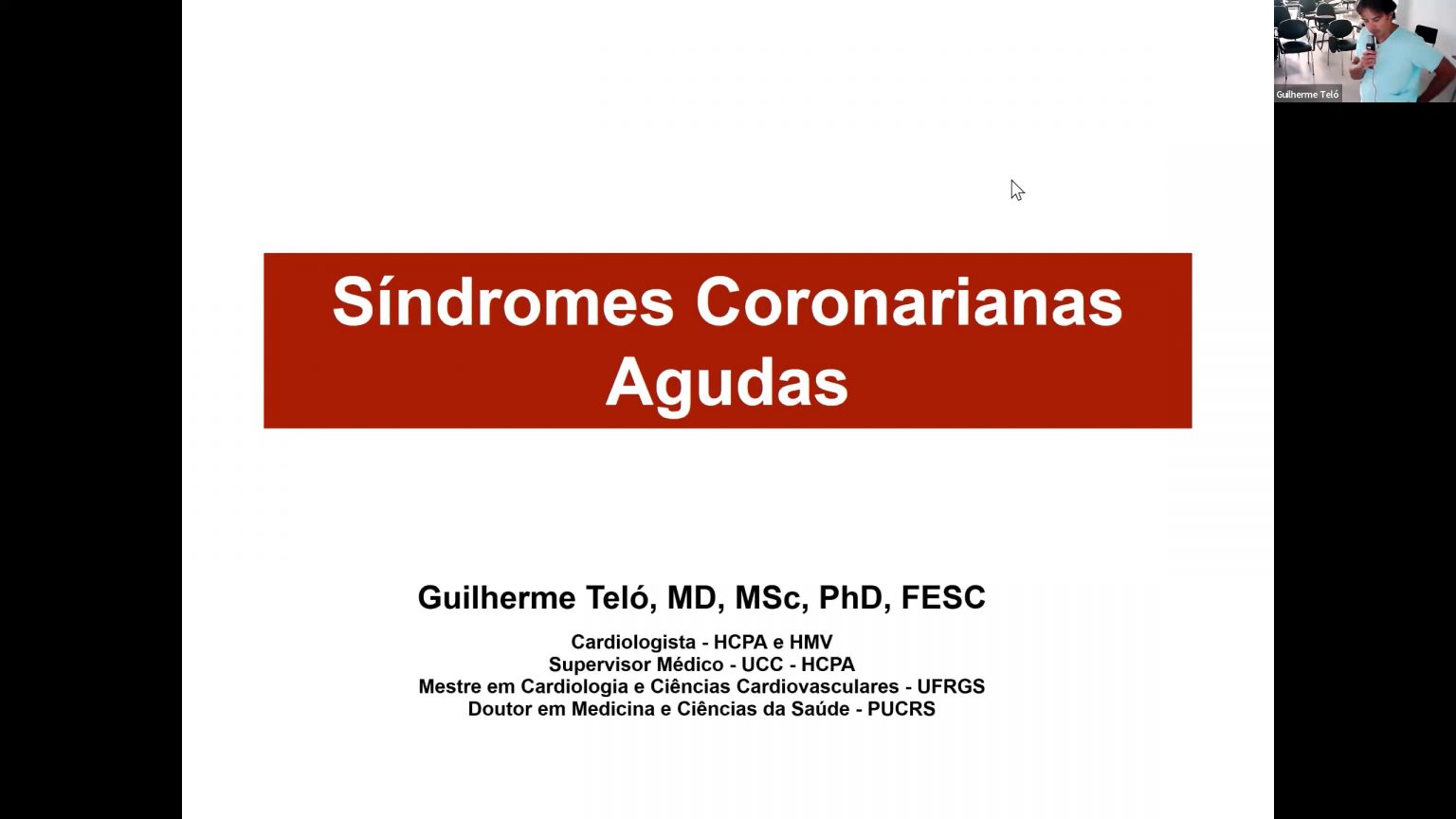Artigo
Asymptomatic Patients With Severe Aortic Stenosis Are Not All Created Equal
INTRODUCTION
Aortic stenosis (AS) is a relentless disease that, once symptomatic, carries a grim prognosis with 2-year survival in the absence of aortic valve replacement (AVR) of <50%.1 Associated left ventricular systolic dysfunction defined as a left ventricular ejection fraction of <50% is also prognostically important, so that symptoms or reduced left ventricular ejection fraction carry class I indications for AVR in both the American College of Cardiology and American Heart Association (ACC/AHA)2 and the European Society of Cardiology (ESC)3 guidelines for the management of valvular heart disease. Of the symptoms with which AS is associated— angina, syncope/presyncope and those of heart failure—the most common are those associated with heart failure with dyspnea predominating. Notwithstanding the clinical significance of symptoms, it may be difficult to discern whether the patient with AS is asymptomatic simply because he or she has scaled back physical activity as an underappreciated symptom avoidance strategy (pseudoasymptomatic). It was with the primary goal of determining whether the asymptomatic patient is truly asymptomatic and capable of reasonable activity or pseudoasymptomatic that stress testing, typically exercise stress echocardiography (ESE), has emerged as an important tool in the evaluation and management of patients with AS. Indeed, it carries a class IIA indication in the current ACC/AHA guidelines for patients with classic severe AS (peak velocity ≥4 mps and mean gradient ≥40 mmHg).2 The implication of a test that is positive as defined by symptoms is that the patient is considered to be symptomatic and, therefore, a candidate for AVR. Thus, exercise-induced symptoms also carry class I indications for surgery in both the ACC/AHA2 and the ESC4 guidelines. Other ESE outcomes ncluding a fall or <20 mmHg rise in systolic blood pressure,5,6 mean gradient increase of >185 or 207
mmHg, ventricular arrhythmias,6,7 ≥2-mm ST depression,5,6 and an exercise-induced fall in left ventricular ejection fraction8 have also been shown to be predictive of spontaneous symptom onset,5–8 symptomdriven AVR,5,7 and sudden cardiac death.5–7 However, the link between ESE results other than symptoms and outcomes has not been entirely consistent,9 and death has been a rare event typically occurring only after patients have become symptomatic.6,7 In particular, ECG changes have been reported to be inadequately discriminating,9 particularly in women. Thus, these ESE measures of test positivity carry no (EKG changes, fall in EF, and ventricular arrhythmias) or only IIA
(fall in blood pressure)2,3 or IIB (>20 mm rise in gradient)3 indications for AVR.
Compartilhar em:
Comentários
Cursos Relacionados
0
Conteúdos Relacionados
Comentários
Deixe um comentário Cancelar resposta
Você precisa fazer o login para publicar um comentário.












